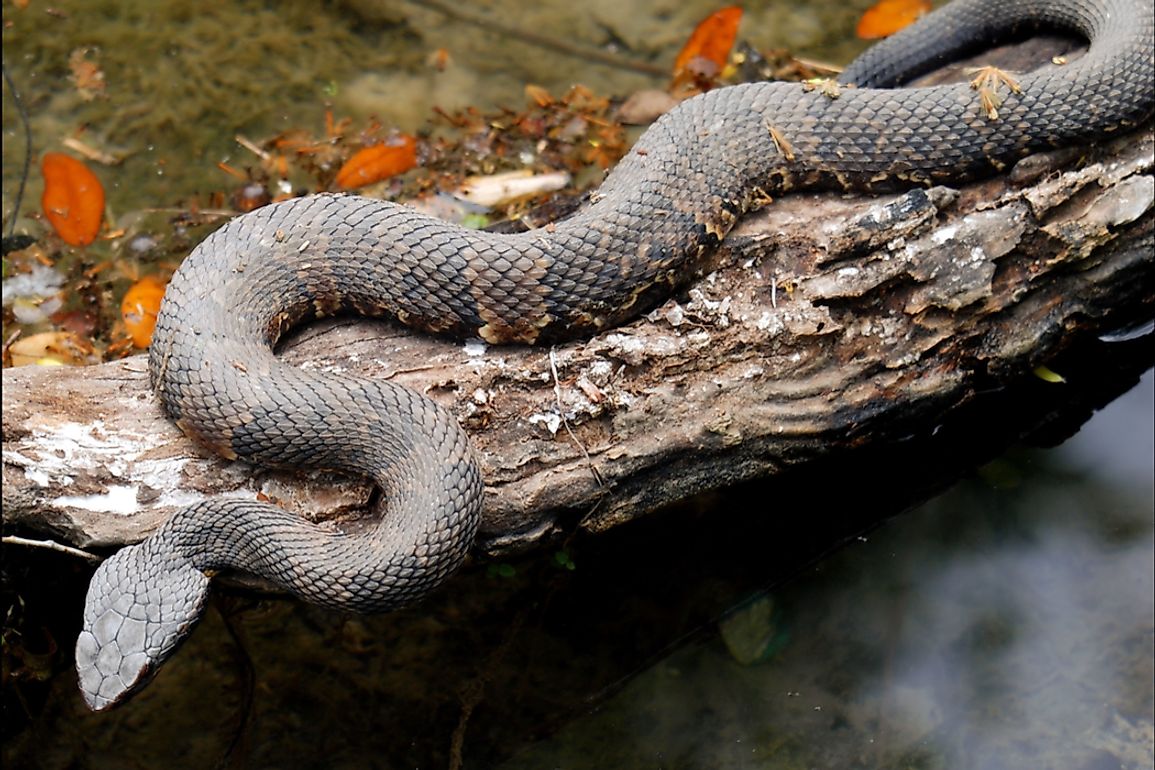Where Do Snakes Live?

Snakes (serpentes), a type of reptiles with limbless, elongated bodies, live in almost every part of the world except in the following regions: New Zealand, Ireland, Greenland, Antarctica, and Iceland. The ground in the mentioned countries is at most times frozen, hence snakes can hardly survive. Snakes, like most reptiles, are ectotherms, that is, their body energy cannot regulate the body temperatures. When it is cold, they bask in the sun and, consequently, when it is hot they retreat in cool, shady places. New Zealand, which maintains an anti-snake policy, has a few sea snakes.
Distribution of Snakes Among Various Habitats
Although snakes inhibit almost every continent, a substantial number of these species thrive in the tropical regions. This is mainly because of the relatively favorable temperatures in tropical regions. Various types of snakes live in trees, burrows, on the ground, or in water. Some snakes, however, call underground their home and these types of snakes are completely blind. An example of such a snake is the tiny thread snake. An extremely low number of snakes spend their entire lives in water, making them aquatic. Other common places where snakes inhabit include swamps, deserts, tropical forests, temperate forests, prairies, and grasslands. Moccasins inhabit deserts and are venomous like most desert snakes. Human advancement makes snakes die, migrate, or attract other types of snakes better adapted to the neighborhood.
Ecological Niche
Snakes shelter in places such as under sand or gravel, debris, tree joints or knots, tree stumps, under rocks, in underground burrows, under roots, beneath logs, and in bushes. These habitats help snakes hunt for food, and to avoid temperature extremes and danger. Snakes hide in these places when vulnerable like when giving birth or molting. Snakes molt three to five times annually. These habitats are vital during the snakes' hunting, which happens mostly at night. Snakes are well suited to live in most places including in urban settings.
Reproduction
Some snakes lay their eggs in warm places. The male or female then incubates these eggs until a time when the eggs hatch into young ones. These types of snakes are oviparous and are the most common types of snakes. On the other hand, viviparous snakes develop young ones within their bodies and finally give birth to live young ones. Examples of viviparous snakes include the green anacondas and Boa constrictors. Rattlesnakes are ovoviviparous; they develop eggs within them but when young ones are born, they retain their eggs.
Diet
Strictly carnivorous, snakes feed on small animals, other reptiles, and even bigger animals in their habitat. Snakes can swallow an animal three times the size of its mouth since its jaws unhinge. Then the snake retreats into hiding to allow digestion, which may take days. Snakes have flat heads, unblinking eyes, and have neither eyelids nor external ears. They also have keen eyesight and may spot prey several meters away. Upon spotting a prey, they launch an attack. A snake will remain in one spot for a long time waiting for prey.











